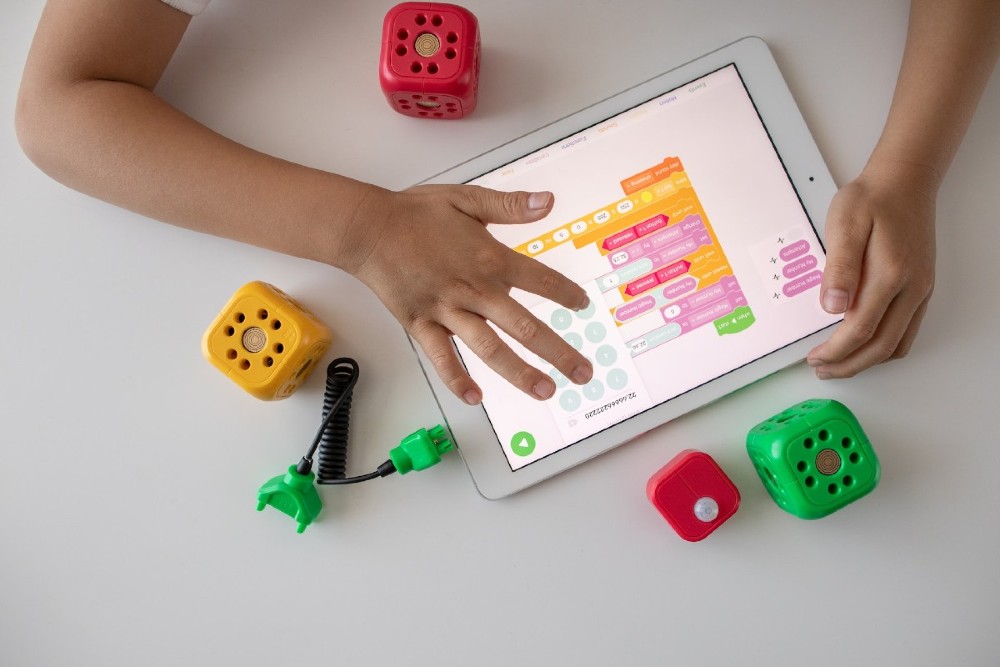
We are a reader-supported education publication. When you buy through links on our site, we may earn an affiliate commission to help us keep providing content.
Technology in the classroom has long been debated among educators and students. Although many resisted the trend, digital devices and applications have their place in achieving learning goals.
For one thing, laptops and tablets have better-accommodated students with disabilities, allowing them to take notes more effectively by typing. Studies have also shown that students display greater retention of course materials with visual and auditory multimedia learning.
Technology has also proven invaluable for teachers, helping them deliver lessons and provide feedback in new and improved ways. Here are six digital resources for teachers that will enhance classroom learning.
1. Socrative
The ever-evolving educational landscape keeps teachers on their toes. Those who enter the field must continuously develop their skills to deliver exciting lessons in innovative ways.
Socrative is one digital resource that puts teachers’ creativity to the test. Teachers use Socrative to develop educational games and exercises that supplement classroom learning. Students can then play the games and answer questions from any device, including laptops and smartphones.
Socrative delivers student performance results to teachers — an easy way to gauge if their classes have grasped the materials and modify assignments and lessons accordingly.

2. Projeqt
Some students are visual learners and retain information from images or other forms of media. Others might be kinesthetic learners, preferring more of a hands-on, interactive approach.
As such, teachers might find Projeqt a helpful tool to reach students with different learning styles. Projeqt allows teachers to develop multimedia presentations with interactive features like maps, links and quizzes. They may also add videos and pull posts from social media as part of their slides.
Teachers can present their Projeqt slides during class and share the lessons with students across various devices.
3. Edmodo
Research shows that 97% of 13 to 17-year-olds use social media, while 45% consider themselves constantly connected to the internet. Although online networks have kept students connected and supported, studies indicate that teens addicted to social media platforms are more prone to depression and anxiety, sleep disruptions, and distractions.
Edmodo aims to utilize social media mechanisms educationally, connecting students and teachers on a similar platform.
Teachers can tap into Edmodo’s features to deliver educational content and classroom information directly to students, measure their performance, and personalize communication with students and their parents.
4. TED-Ed
Since the first TED Talk came out in 2006, the platform has uploaded inspiring and thought-provoking videos from more than 13,000 TEDx events in 150 countries. Today, TED has spearheaded several initiatives and projects, including TED-Ed.
TED-Ed is one of the most practical digital resources for teachers. It allows them to develop lessons using age-appropriate presentations and engage with other educators in an online professional development program, the TED MasterClass in Education.

5. Kahoot!
Name a kid that doesn’t enjoy interactive games and activities. Combine fun-filled learning with technology, and teachers can boost student engagement and a more social classroom environment.
Rather than deny students access to technology in the classrooms, teachers who embrace digital resources find that games and puzzles stimulate problem-solving and critical thinking skills, enhancing their students’ creativity.
Kahoot! allows educators to develop questionnaires, surveys, discussions and games, promoting learning and playing simultaneously.
6. cK-12
Nowadays, school boards are on a tight budget, struggling to afford essential resources for student learning. The National Center for Education Statistics (NCES) says elementary and middle school expenditures per student were 6% higher in 2018 than in the 2009–2010 academic year — from $12,914 to $13,701.
cK-12 hopes to offset the costs of textbooks for the K–12 grades by providing a library of modifiable educational content online, including audio and video lessons, flashcards, and interactive assignments.
Teachers may print the resources for their classrooms and ensure that the materials comply with each region’s education requirements, such as Common Core standards.
Enhance Learning With Educational Digital Resources
Teachers want to ensure they provide the best education to their students. As such, taking advantage of the latest digital resources designed specifically for the classroom will make a difference in their students’ learning.
latest in learning!
Get the latest updates in learning, teaching and everything in between! Whether you're a student or an educator, we offer the inspiration you need to fuel your classroom experience.









